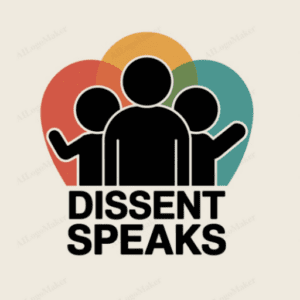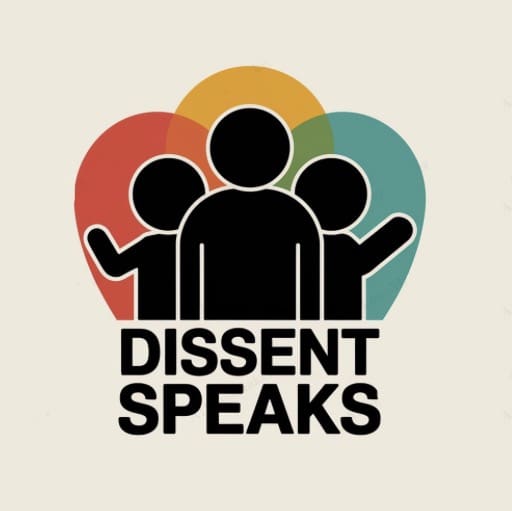On February 6, 2025, a new executive order titled “Eradicating Anti-Christian Bias” was signed, establishing a sweeping mandate that could fundamentally reshape the relationship between government and religion in America. While positioned as a protection of religious liberty, the order’s language and scope raise significant concerns about its broader implications for American democracy and civil rights.
The Order’s Core Elements
The executive order creates a powerful new Task Force to Eradicate Anti-Christian Bias within the Department of Justice, with unprecedented reach across federal agencies. The task force includes leaders from sixteen major federal departments and agencies, including State, Treasury, Defense, and Homeland Security, plus additional agency heads who may be invited to participate.
The order’s stated purpose is to “protect the religious freedoms of Americans and end the anti-Christian weaponization of government.” However, the language used throughout the document suggests a concerning shift in how federal power might be wielded. The order claims that the previous administration engaged in what it terms an “egregious pattern of targeting peaceful Christians,” though many of these claims lack substantiation or context.
Concerning Language and Implications
Several aspects of the order’s language deserve particular scrutiny:
1. Selective Enforcement Concerns
The order explicitly directs federal agencies to focus on “anti-Christian” bias while remaining silent on discrimination against other religious groups. This selective approach appears to privilege one religious perspective over others, potentially violating the First Amendment’s Establishment Clause.
The order specifically references “nearly two dozen peaceful pro-life Christians” who received prison sentences for demonstrations at abortion facilities, characterizing these as examples of religious persecution rather than potential violations of existing laws protecting access to healthcare facilities.
2. Broad Powers and Vague Definitions
The Task Force is granted extensive authority to “review the activities of all executive departments and agencies” and identify what it deems “unlawful anti-Christian policies, practices, or conduct.” However, the order provides no clear criteria for what constitutes “anti-Christian” bias, leaving this determination largely to the Task Force’s discretion.
3. Historical Context and Precedent
As noted in the research materials, this order follows a pattern of similar initiatives, but with key differences. While previous efforts like President George W. Bush’s White House Office of Faith-Based and Community Initiatives (2001-2009) focused on increasing religious organizations’ access to federal funding, this order takes a more aggressive stance, positioning Christianity specifically as under threat from government action.
Potential Impacts on American Society
1. Religious Freedom and Pluralism
The order’s focus on protecting specifically Christian religious expression could have chilling effects on religious pluralism in America. As history shows, when government power is used to privilege one religious perspective, it often comes at the expense of others.
2. Civil Rights and Equal Protection
The Task Force’s broad mandate to review and potentially reverse policies could affect various civil rights protections, particularly in areas where religious beliefs intersect with other protected rights. This includes:
- LGBTQ+ rights and protections
- Access to reproductive healthcare
- Employment discrimination protections
- Educational policies and protections
3. Government Operations
The order’s requirement that sixteen major federal agencies participate in the Task Force could significantly impact government operations, potentially diverting resources and attention from other critical functions.
Action Steps for Concerned Citizens
1. Immediate Actions
- Contact your congressional representatives to express concerns about the order’s implications
- Support organizations working to protect religious freedom for all Americans
- Document and report any instances of religious discrimination or preferential treatment
- Stay informed about the Task Force’s activities and reports, which are required at 120 days and one year
2. Community-Level Response
- Build interfaith coalitions to promote religious pluralism
- Engage in local government meetings and school board sessions where religious freedom issues are discussed
- Support local organizations working to protect civil rights and religious freedom
- Organize educational events about religious pluralism and the First Amendment
3. Legal and Advocacy Work
- Support legal organizations challenging potential constitutional violations
- Monitor and document the Task Force’s actions and their impacts
- Participate in public comment periods for any related regulatory changes
- Consider filing Freedom of Information Act (FOIA) requests to track Task Force activities
Historical Lessons and Future Implications
Looking at historical precedents, similar initiatives have had mixed legacies. As noted in the research, Reagan’s religious freedom initiatives were “more rhetorical than structural,” while Bush’s faith-based initiatives left lasting institutional impacts. This order appears to go further than either, combining rhetorical positioning with substantial structural changes to federal operations.
The order’s two-year sunset provision (unless extended) provides a critical window for monitoring its effects and organizing responses. However, as history shows, even temporary changes to federal policy can have lasting impacts on American society and institutions.
Conclusion
The 2025 Executive Order on “Eradicating Anti-Christian Bias” represents a significant shift in how federal power might be used to influence religious expression in America. While presented as a protection of religious liberty, its selective focus and broad powers raise serious concerns about its compatibility with constitutional principles of religious freedom and equal protection under the law.
The order’s implementation will require careful monitoring and engaged citizenship to ensure that religious freedom is protected for all Americans, not just some. As we have seen from historical precedents, the impact of such executive actions often extends far beyond their stated intentions, shaping the relationship between government and religion for generations to come.
Citations and sources referenced in this analysis include the full text of Executive Order “Eradicating Anti-Christian Bias” (February 6, 2025), historical analyses of previous faith-based initiatives, and contemporary reporting on religious freedom issues in America.


